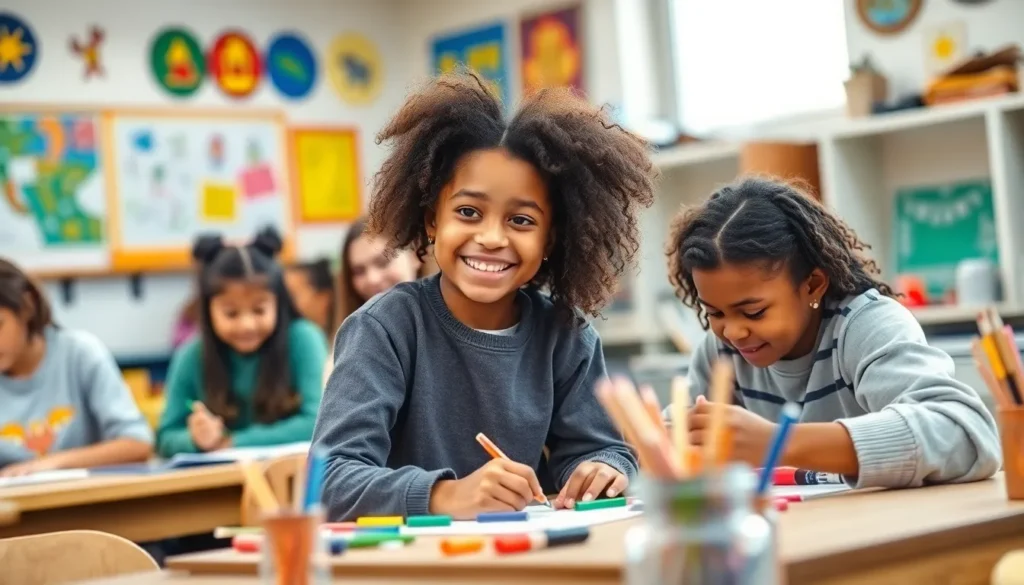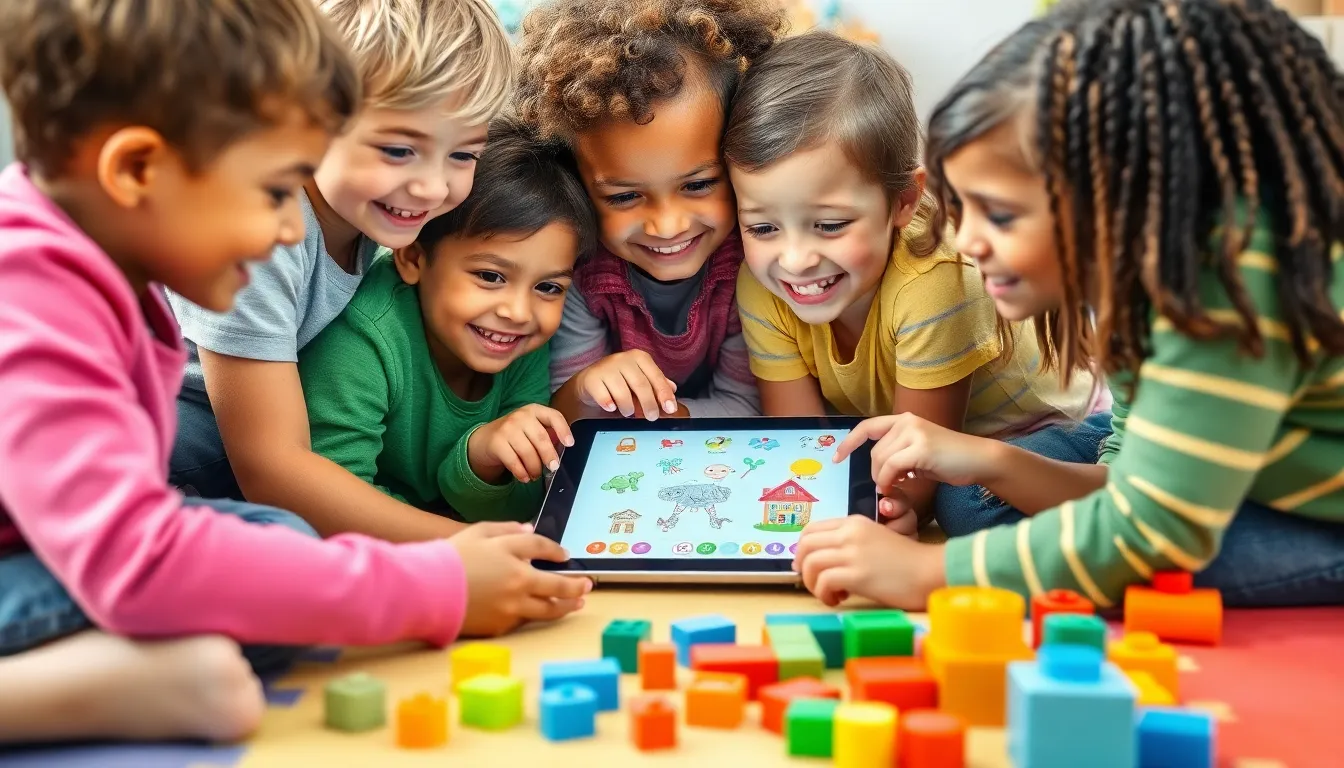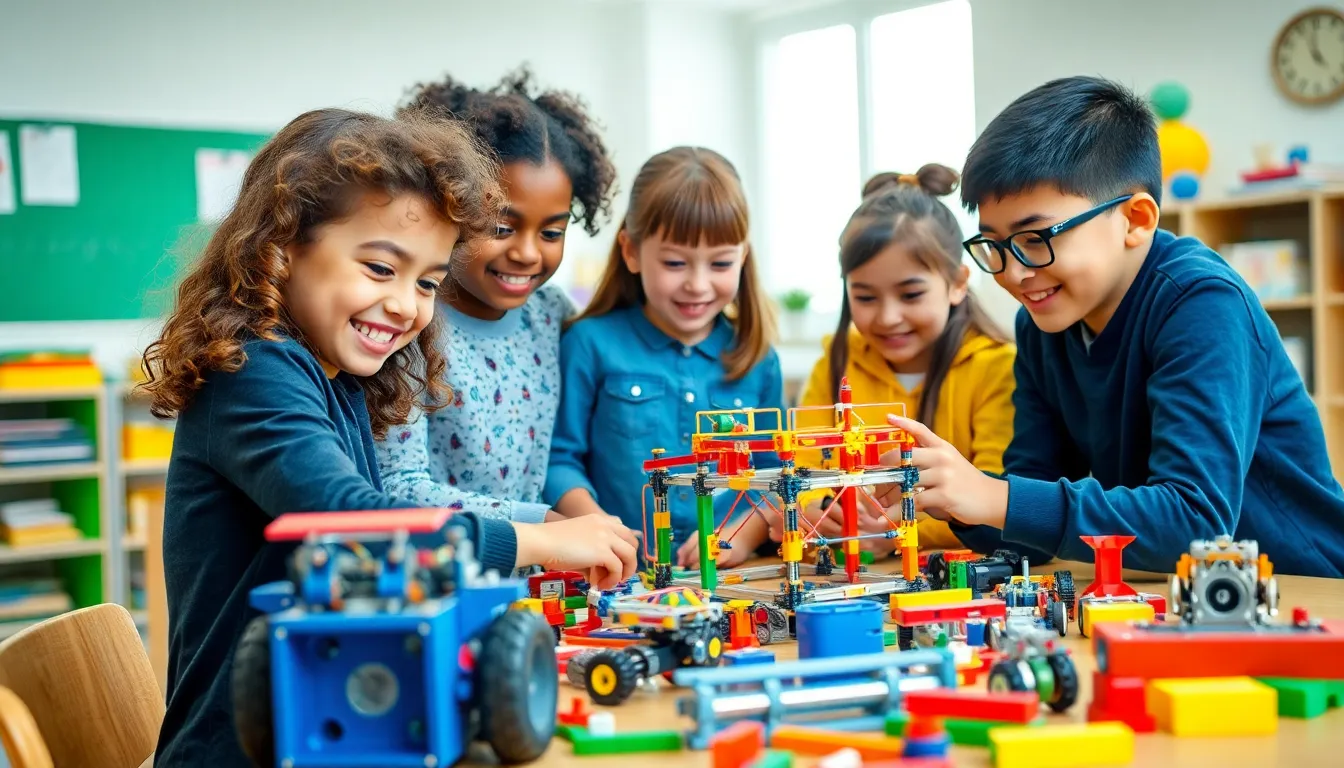Alternative high schools offer a fresh approach to education, catering to students who may not thrive in traditional settings. These schools provide unique learning environments that focus on individual needs, fostering creativity and personal growth. With smaller class sizes and flexible curricula, they empower students to take charge of their educational journeys.
In recent years, alternative high schools have gained traction as a viable option for those seeking a non-conventional path. They often emphasize hands-on learning, real-world experiences, and emotional support, helping students build confidence and resilience. As educational landscapes evolve, alternative high schools play a crucial role in addressing diverse learning styles and preparing students for successful futures.
Table of Contents
ToggleOverview of Alternative High Schools
Alternative high schools provide tailored educational environments for students who face challenges in conventional schooling. These schools prioritize a student-centered approach, addressing individual learning styles and needs. Smaller class sizes foster a more personalized experience, enabling educators to offer dedicated support.
Curriculums in alternative high schools often incorporate hands-on learning and real-world applications. Subjects focus on practical skills and emotional intelligence, bridging academic content with everyday life. This approach helps students engage more meaningfully with their education.
The popularity of alternative high schools has surged, particularly for those seeking inclusive settings. Many programs offer various pathways, such as vocational training or dual enrollment opportunities, to accommodate diverse career interests. Emotional support services, including counseling and mentoring, play a crucial role in aiding students’ personal development and resilience.
Overall, alternative high schools create dynamic learning environments that prioritize growth, creativity, and real-world connections, catering to students who thrive outside traditional educational models.
Types of Alternative High Schools

Alternative high schools encompass various educational models tailored to meet diverse student needs. Each type offers unique structures and methods to support individualized learning.
Charter Schools
Charter schools operate independently of traditional public school systems, receiving funding based on enrollment numbers. They often implement innovative teaching methods and flexible curricula. Charter schools frequently focus on specific themes, such as arts, sciences, or technology, allowing students to engage deeply in their areas of interest. These schools typically emphasize accountability by setting performance standards, aiming to provide an enhanced educational experience.
Magnet Schools
Magnet schools draw students from various districts, offering specialized programs that focus on specific academic areas. These schools promote unique curricula, such as STEM (Science, Technology, Engineering, and Math), performing arts, or humanities. By attracting a diverse student body, magnet schools foster an inclusive environment that encourages collaboration and cultural exchange. They often support advanced learning opportunities, including advanced placement courses and partnerships with local colleges.
Independent Schools
Independent schools function autonomously and rely primarily on tuition and private funding for support. These schools often emphasize personalized education with small class sizes and specialized programs. Many independent schools adopt unique philosophies, such as Montessori or Waldorf, prioritizing student creativity and discovery. They typically provide ample extracurricular activities and flexible schedules, accommodating various learning styles and talents. Independence allows for tailored educational approaches that can significantly benefit students who thrive outside traditional frameworks.
Benefits of Alternative High Schools
Alternative high schools offer numerous benefits tailored to diverse student needs, creating an engaging and supportive educational experience. Key advantages include personalized learning and supportive environments that prioritize student success.
Personalized Learning
Personalized learning stands out as a significant benefit, allowing educators to customize instruction based on each student’s strengths, interests, and challenges. Smaller class sizes facilitate one-on-one interaction, enabling teachers to provide targeted feedback and adapt lessons to individual learning styles. Curricula often integrate hands-on projects and real-world applications, bridging academic concepts with practical skills. Students engage more deeply with content that resonates personally, enhancing motivation and ownership of their education. Additionally, many alternative high schools incorporate flexible scheduling options, accommodating students’ varying needs and commitments, including work or family responsibilities.
Supportive Environments
Supportive environments are crucial in alternative high schools, fostering emotional well-being and resilience. Schools typically prioritize mental health by offering counseling services, mentoring programs, and peer support systems. These resources empower students to address personal challenges and build coping strategies. An inclusive atmosphere encourages collaboration, where diverse students share perspectives and experiences. Such environments promote a sense of belonging, reducing feelings of isolation often experienced in traditional settings. Moreover, alternative high schools emphasize the cultivation of life skills, enhancing social and emotional development, which prepares students for success beyond academics.
Challenges Faced by Alternative High Schools
Alternative high schools encounter several challenges that can affect their operations and effectiveness. Key issues include funding difficulties and public perception.
Funding and Resources
Funding and resources often present significant challenges for alternative high schools. Many rely on government grants, donations, and fundraising efforts to maintain their programs. Schools frequently face discrepancies in funding compared to traditional public schools, leading to limited resources for staff, facilities, and educational materials. A lack of adequate funding can hinder their ability to offer specialized programs, extracurricular activities, or necessary support services. Consequently, schools may struggle to fulfill their educational missions, affecting student outcomes and overall school success.
Public Perception
Public perception also poses a challenge for alternative high schools. Misunderstandings and misconceptions often surround the quality of education provided, leading to stereotypes of being less rigorous than traditional schools. Some communities may view alternative settings as last resorts for struggling students rather than legitimate educational options. As a result, these schools might face challenges in attracting students and maintaining enrollment. Addressing these perceptions requires consistent outreach and demonstration of the unique benefits alternative high schools offer, such as personalized learning and innovative teaching methods.
Success Stories from Alternative High Schools
Success stories from alternative high schools showcase the transformative impact these institutions can have on students. Many students facing challenges in traditional settings find renewed motivation and achieve academic and personal growth.
Academic Achievements
- Notable graduation rates: According to the National Center for Education Statistics, alternative high schools average a graduation rate of 70%, significantly higher than traditional schools for at-risk populations.
- College enrollment: Many alternative high school graduates proceed to higher education, with 60% enrolling in community colleges or universities.
- Vocational training success: Programs offer vocational training, leading to certifications in fields such as healthcare, technology, and culinary arts, which directly align with job market demands.
Personal Growth
- Increased self-esteem: Students report improved self-confidence, with surveys indicating a 75% satisfaction rate among graduates regarding their self-image and future aspirations.
- Development of life skills: Alternative high schools focus on social-emotional learning, with 85% of students stating they’ve developed essential life skills such as problem-solving, teamwork, and communication.
- Mentorship programs: Many students benefit from mentorship, with 70% stating that having a mentor positively influenced their academic and personal paths.
Community Impact
- Building a supportive community: Alternative high schools often foster strong community ties, with 80% of students saying they feel a sense of belonging.
- Positive parental involvement: Increased parental engagement is noted, with 65% of parents participating in school events and activities, enhancing student outcomes and school culture.
- Partnerships with local organizations: Many schools collaborate with local businesses and nonprofits, creating internship opportunities that benefit both students and the community.
These success stories highlight that alternative high schools play a crucial role in guiding students toward meaningful pathways. Their unique approaches prioritize individual needs, ensuring that students find their passions and achieve their goals.
Alternative high schools are reshaping the educational landscape by prioritizing individual student needs and fostering supportive environments. Their innovative approaches to learning not only enhance academic engagement but also promote emotional well-being. As these schools continue to gain popularity, they offer invaluable pathways for students who thrive outside traditional frameworks.
Despite facing challenges like funding and public perception, the success stories emerging from alternative high schools highlight their transformative impact. With a focus on personal growth and real-world skills, these institutions are paving the way for students to achieve their goals and build confidence. The commitment to tailored education ensures that every student has the opportunity to succeed, making alternative high schools an essential option in today’s educational system.






